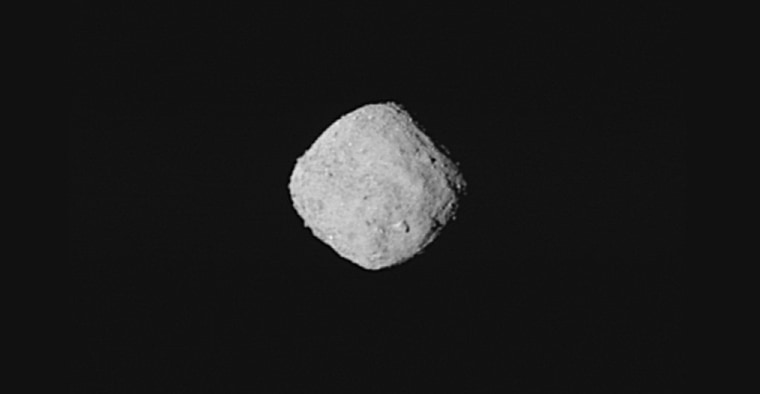



Annika Huprikar '24ĭuring the summer of 2021, I was an undergraduate research fellow as part of PRISE (Program for Research in Science & Engineering) in the Harvard Summer Undergraduate Research Village. Working on this project has been a dream come true, and I’m so grateful to my advisors, the Pearson and Girguis groups (especially my mentors Katherine Keller and Isabel Baker), and the EPS and OEB departments for making this amazing experience possible. The second half of my thesis will occur in the Girguis lab, where I will determine the identity of the archaea using optimized DNA extraction methods that target hypervariable regions unique to this fascinating taxonomic domain. Isotopic analysis of GDGTs will help determine if these archaeal groups are predominantly taking up methane, marine DIC, or are consuming organic carbon it will also help to quantify the actual contribution of archaeal methanotrophic metabolism. Now that I have extracted and separated all the lipids I want to study, the next step is to analyze the carbon stable isotopic composition using a spooling wire microcombustion-isotope ratio mass spectrometer. A major objective of my thesis is to determine if the carbon sources for archaeal communities change in tandem with the amount of methane migrating to the sediment surface. Cold seeps are areas on the ocean floor where hydrogen sulfide and hydrocarbon-rich gases like methane percolate through underlying rock and sediment layers and emerge at the ocean bottom. Cold methane seeps, a terrestrial analogue for possible environments on moons with subsurface oceans, such as Europa and Enceladus. My goal is to analyze the carbon isotopic composition of archaeal tetraether lipid biomarkers, GDGTs, at cold methane seep environments to assess methane assimilation by marine archaeal communities. This past summer (2021), I began work on my senior thesis in the Pearson lab. Knowledge of the environmental conditions that can develop and support life on our own planet is the best basis available for identifying potential extraterrestrial habitats. Integrative Biology Primary, Astrophysics Secondary


 0 kommentar(er)
0 kommentar(er)
